SKYLOTEC LORY Series User manual
Other SKYLOTEC Security Sensor manuals
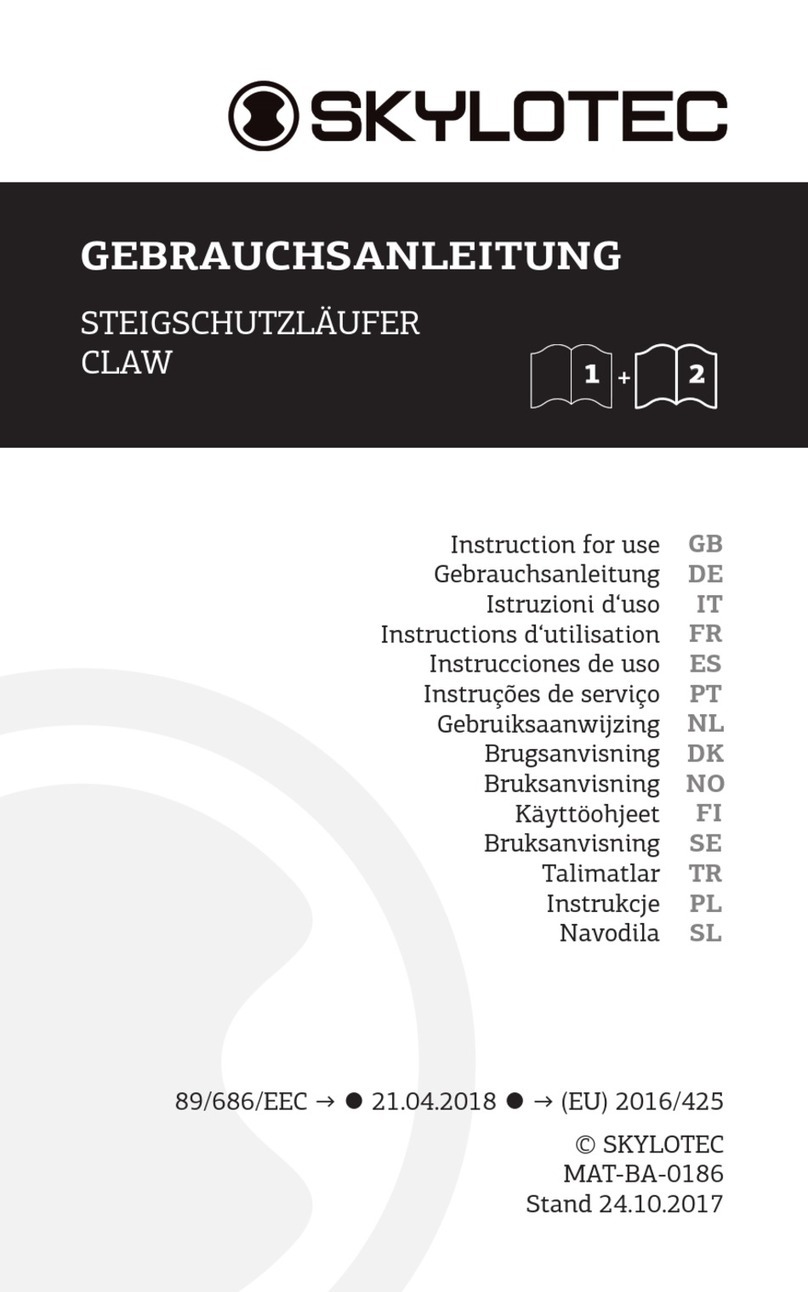
SKYLOTEC
SKYLOTEC CL-002 User manual
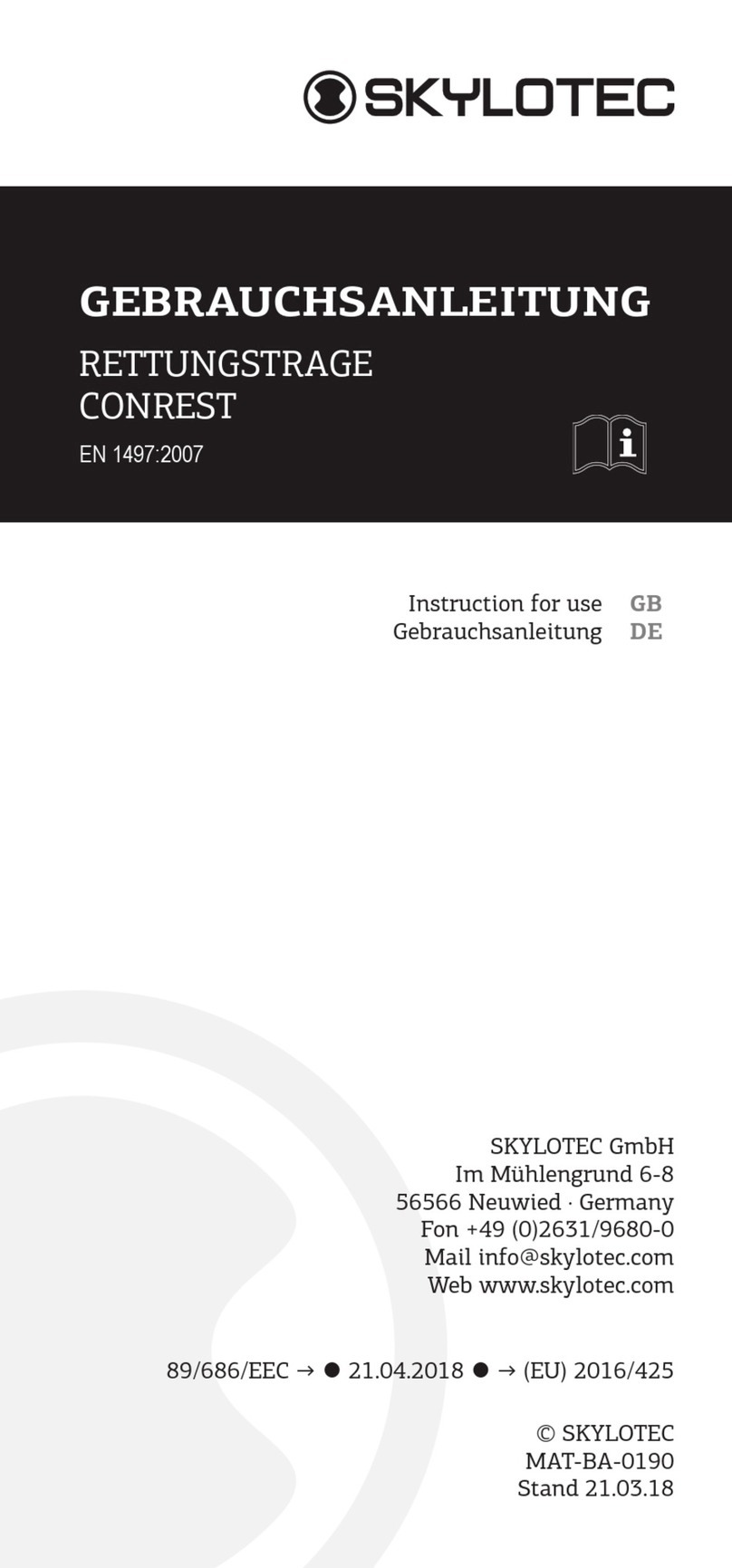
SKYLOTEC
SKYLOTEC CONREST User manual
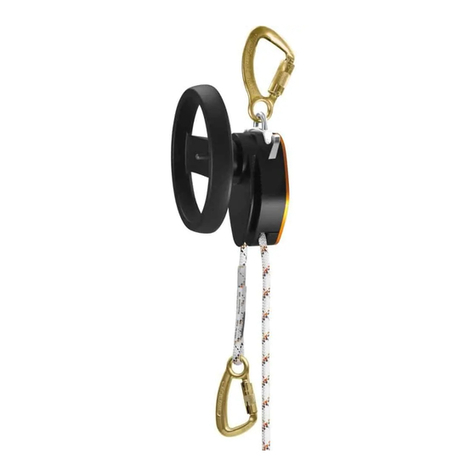
SKYLOTEC
SKYLOTEC MILAN FAST User manual

SKYLOTEC
SKYLOTEC CS 10 / 2 User manual
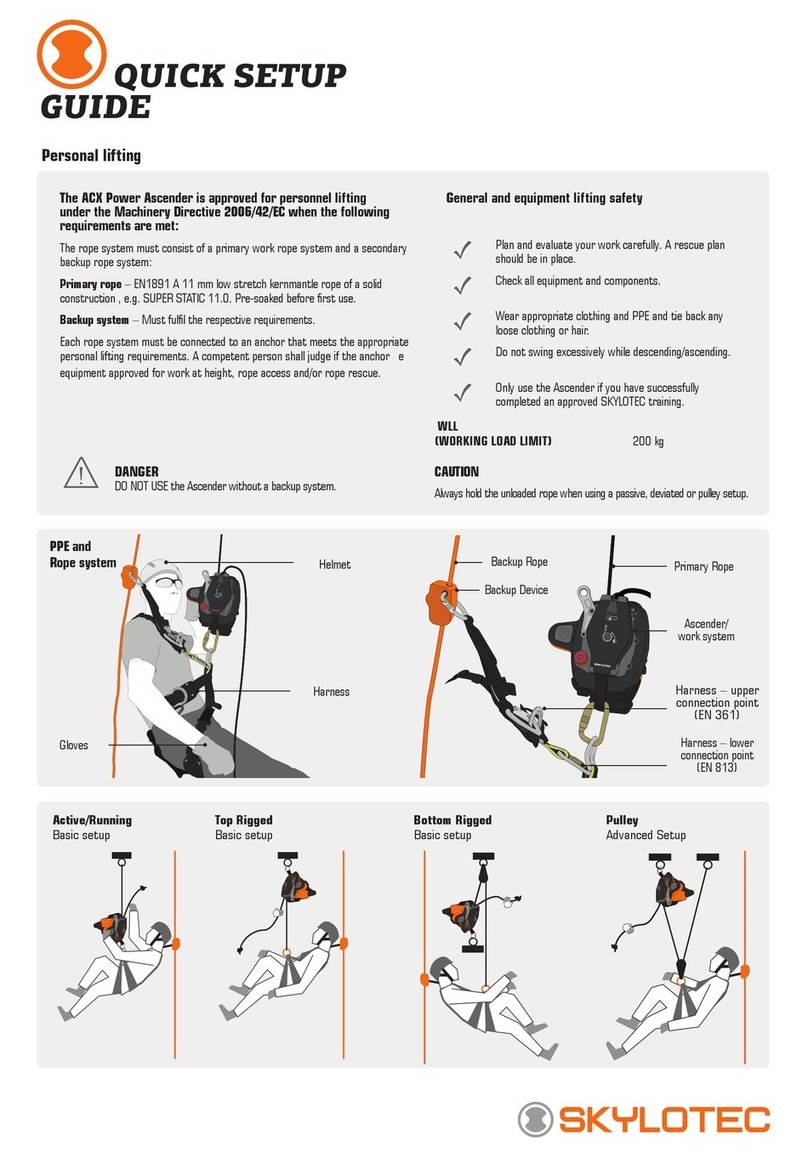
SKYLOTEC
SKYLOTEC ACX User manual

SKYLOTEC
SKYLOTEC BEAMTAC User manual
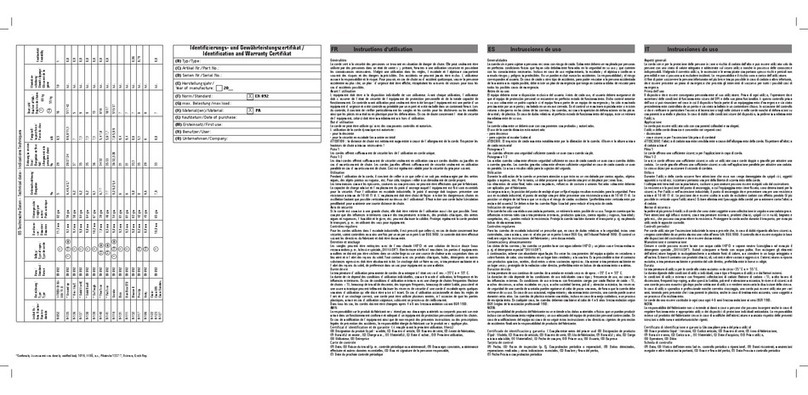
SKYLOTEC
SKYLOTEC X-TREM DYNAMIK 11.0 User manual
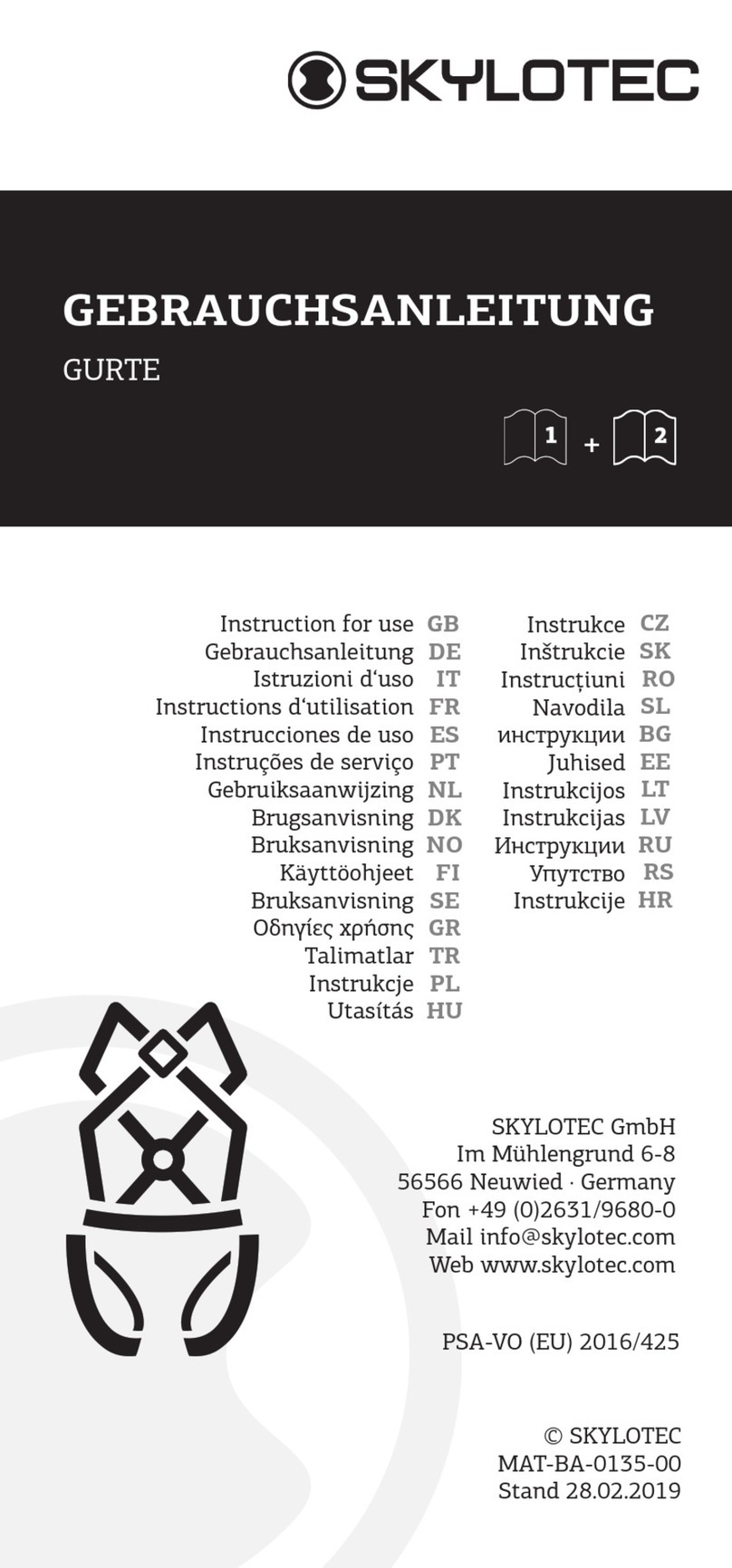
SKYLOTEC
SKYLOTEC G-1131-XS/M User manual
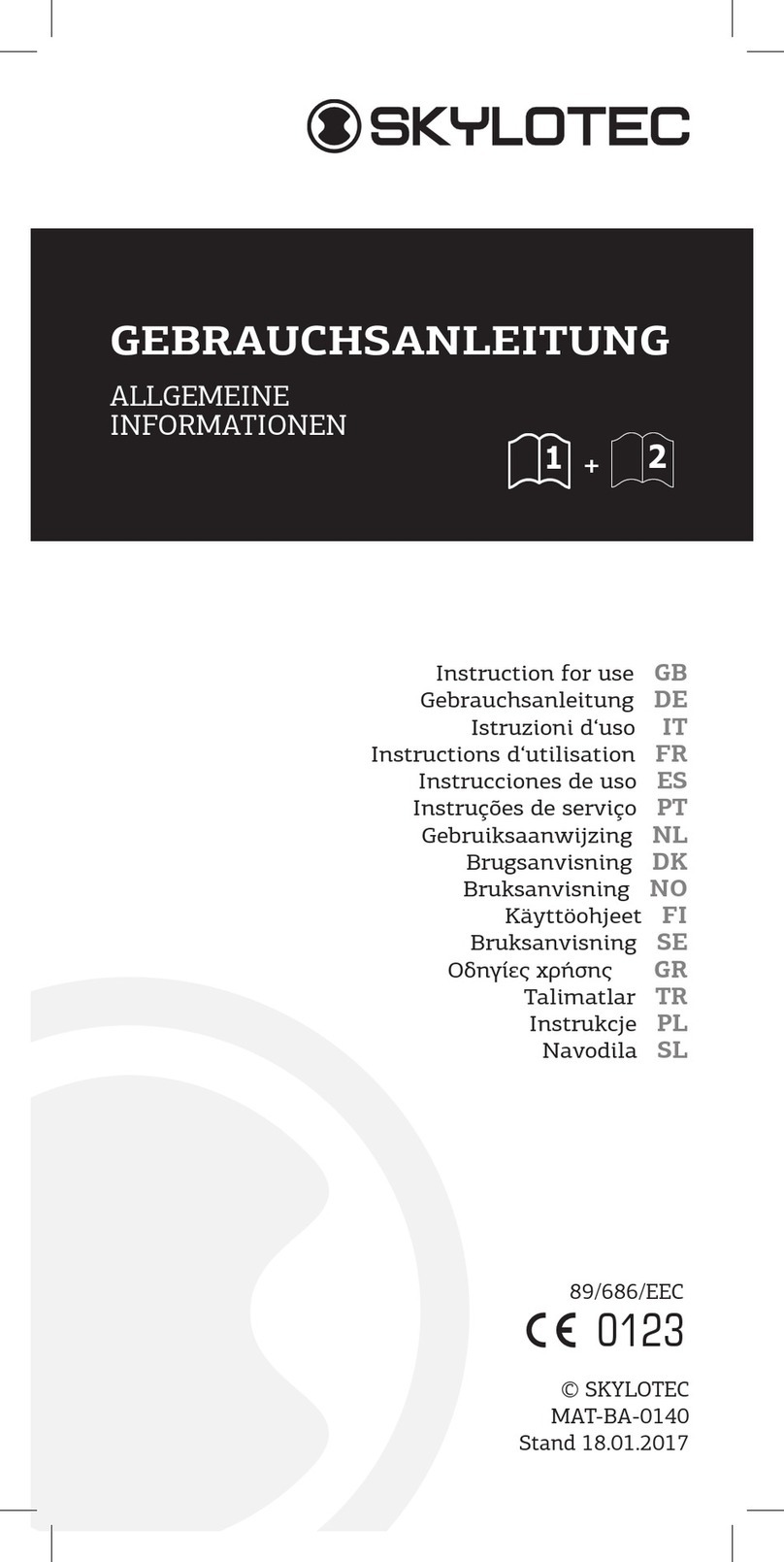
SKYLOTEC
SKYLOTEC CS2 User manual
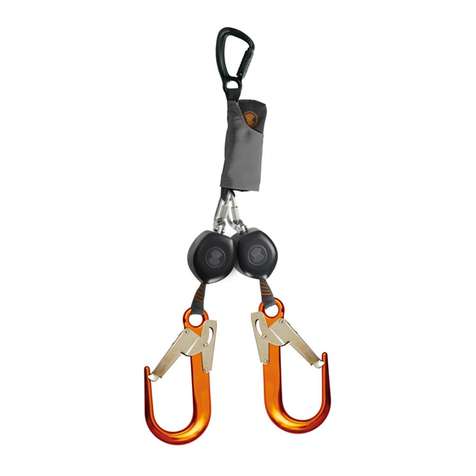
SKYLOTEC
SKYLOTEC PEANUT I User manual
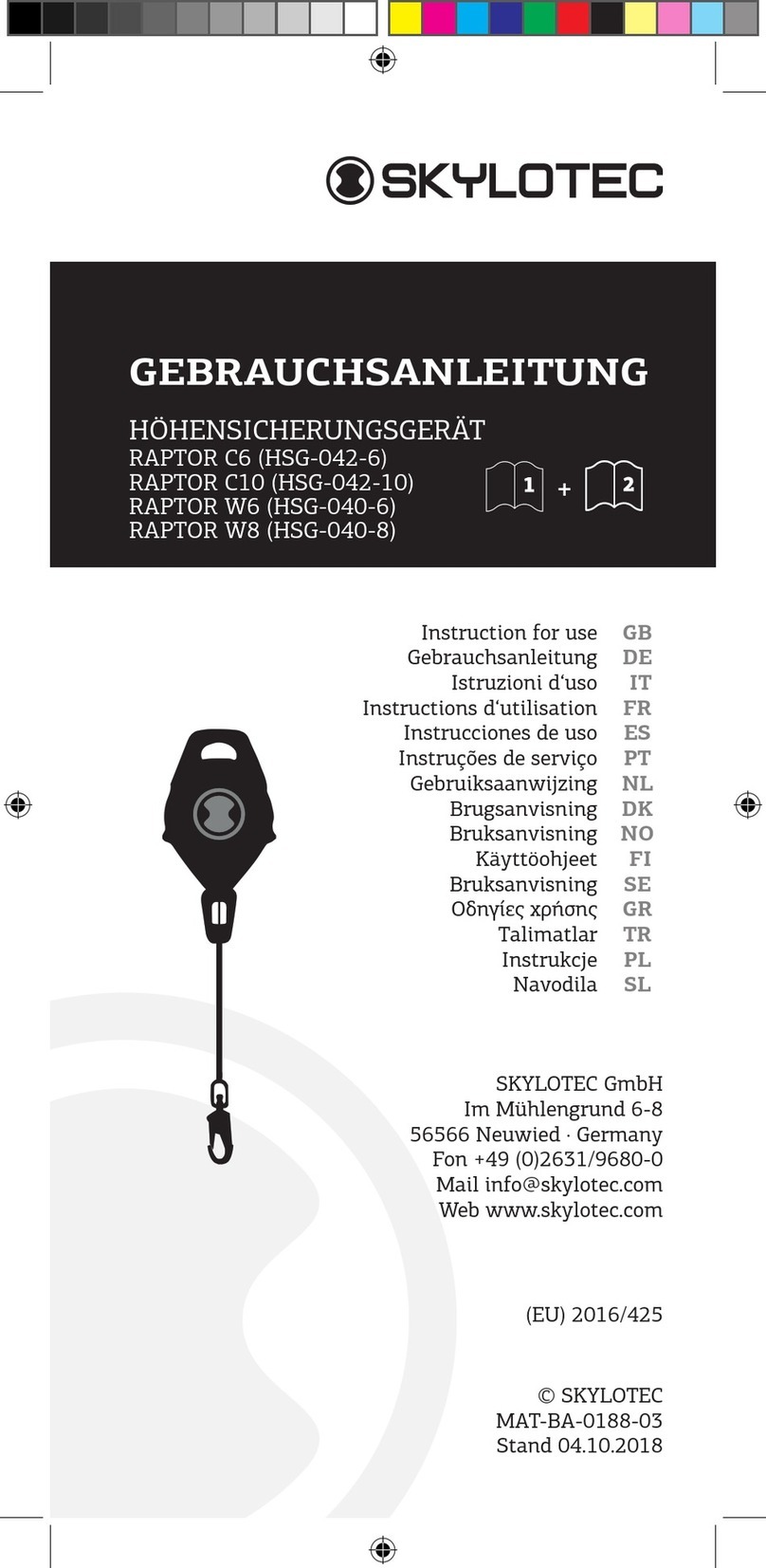
SKYLOTEC
SKYLOTEC RAPTOR C6 User manual

SKYLOTEC
SKYLOTEC MILAN AGR 2001 User manual

SKYLOTEC
SKYLOTEC SKYSAFE III User manual

SKYLOTEC
SKYLOTEC Skytac User manual
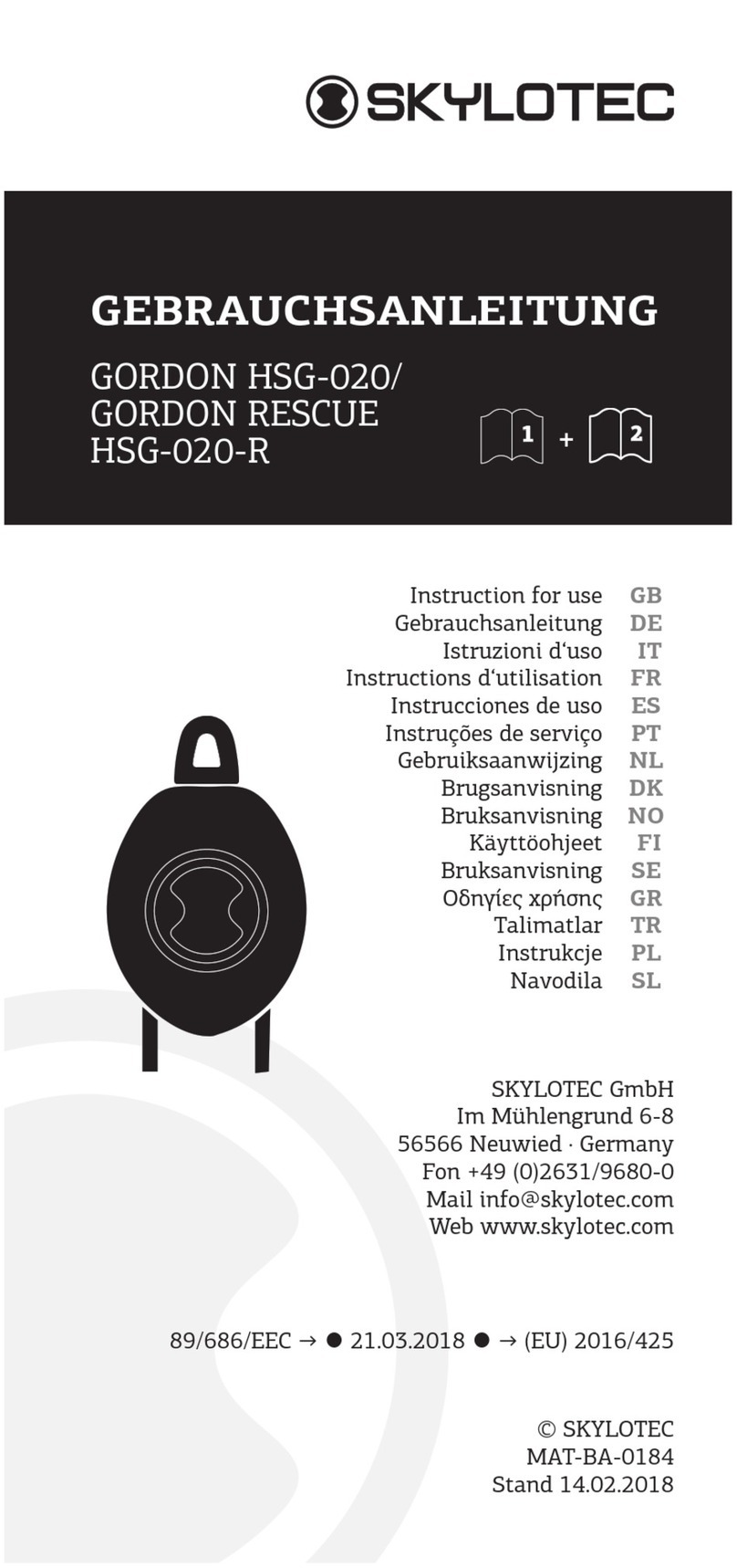
SKYLOTEC
SKYLOTEC GORDON HSG-020 User manual

SKYLOTEC
SKYLOTEC LORY User manual

SKYLOTEC
SKYLOTEC DEUS 3300 User manual
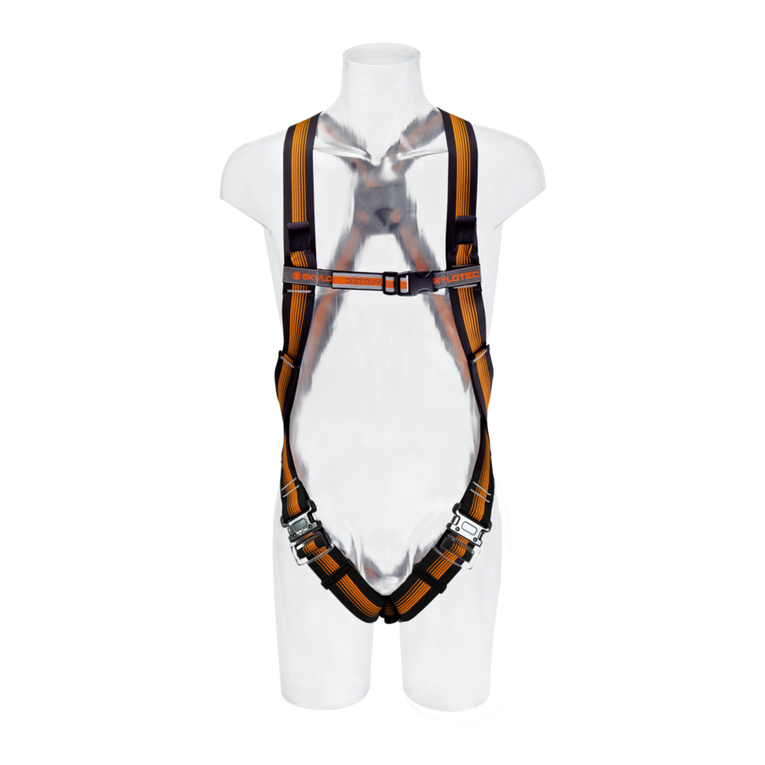
SKYLOTEC
SKYLOTEC CS2 User manual
Popular Security Sensor manuals by other brands

Shinko
Shinko SE2EA-1-0-0 instruction manual

Det-Tronics
Det-Tronics X Series instructions

ACR Electronics
ACR Electronics COBHAM RCL-300A Product support manual

TOOLCRAFT
TOOLCRAFT 1712612 operating instructions

Elkron
Elkron IM600 Installation, programming and functions manual

Bosch
Bosch WEU PDO 6 Original instructions





















